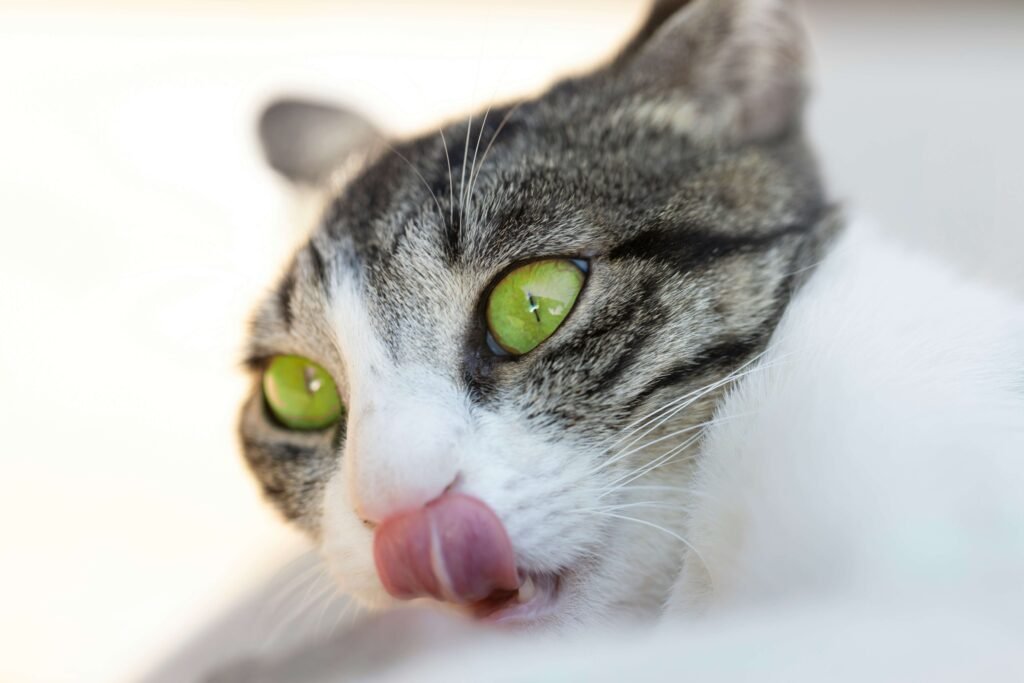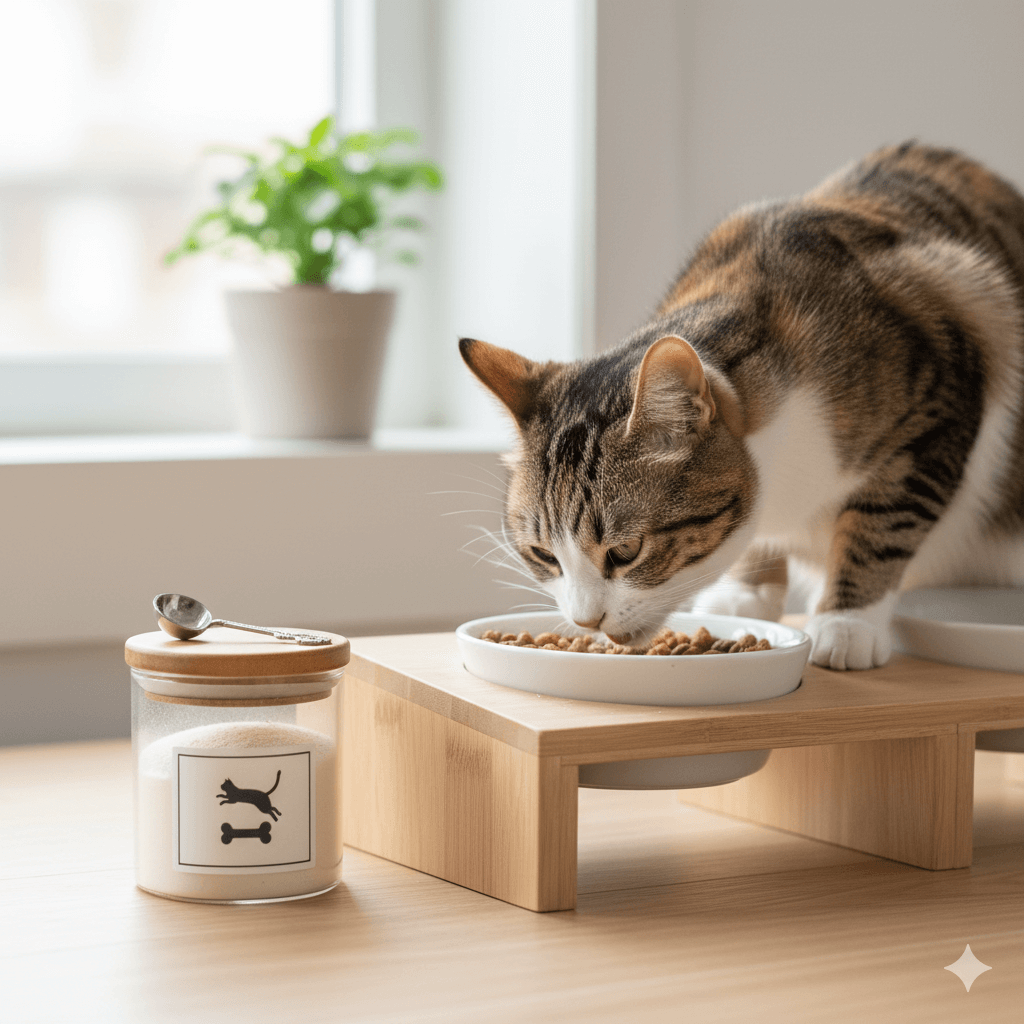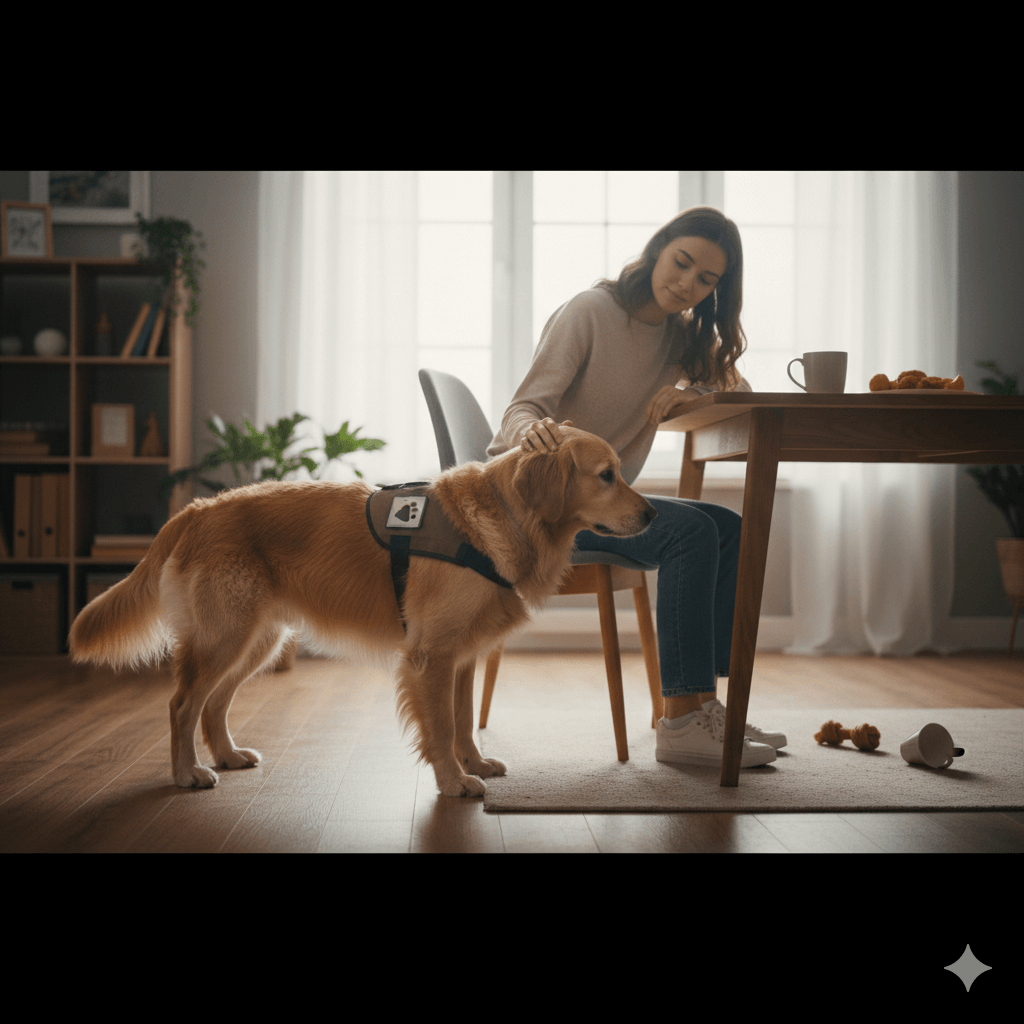How Long Can You Safely Leave Wet Cat Food Out?
As a cat owner, you want nothing but the best for your feline friend. One of the most important aspects of cat care is ensuring their diet is both nutritious and safe. Wet cat food is a popular choice among pet owners due to its high moisture content and palatability. However, one common question that arises is: how long can wet cat food be left out before it becomes unsafe for your furry companion? This blog post dives into everything you need to know about storing wet cat food properly, understanding spoilage risks, and keeping your cat healthy and happy.
Why Leaving Wet Cat Food Out Too Long Can Be Risky
Wet cat food is highly perishable, and leaving it out for too long can pose several risks to your cat’s health. Understanding these risks can help you make informed decisions about feeding practices. Below are some key reasons why prolonged exposure of wet cat food to room temperature is problematic:
Bacterial Growth : Wet cat food is an ideal breeding ground for harmful bacteria like Salmonella or E. coli when left at room temperature for too long.
Spoilage : The high moisture content in wet cat food makes it prone to spoilage, especially in warm environments. Spoiled food can upset your cat’s stomach or cause more severe health issues.
Loss of Nutritional Value : Over time, exposure to air and heat can degrade the nutrients in wet cat food, making it less beneficial for your cat.
Attracting Pests : Leaving food out can attract insects, rodents, or other pests, which can contaminate the food and create unsanitary conditions.
Odor Issues : Spoiled wet cat food can develop unpleasant odors, making it unappealing to your cat and difficult to clean up.
Understanding these risks highlights the importance of proper storage and timely removal of uneaten wet cat food. By being mindful of these factors, you can ensure your cat enjoys fresh, safe meals every time.
How Long Is Wet Cat Food Safe to Leave Out?
The general rule of thumb for leaving wet cat food out is based on guidelines similar to those for human food safety. Here’s what you need to know about timing and safety:
Two-Hour Rule : Most experts recommend not leaving wet cat food out for more than two hours at room temperature. Beyond this timeframe, the risk of bacterial growth increases significantly.
Temperature Matters : In warmer environments (above 70°F/21°C), wet cat food should be removed after just one hour to prevent spoilage.
Cold Weather Exceptions : If your home is cooler (below 60°F/15°C), you may have a slightly longer window, but it’s still best to err on the side of caution.
Individual Tolerance : Some cats may be more sensitive to spoiled food than others, so it’s essential to observe your pet’s reaction if they accidentally consume food left out too long.
Portion Control : Serving smaller portions can help reduce waste and ensure your cat eats their meal within the safe timeframe.
By adhering to these guidelines, you can minimize the risk of your cat consuming spoiled food while maintaining a consistent feeding routine.
Check this guide 👉Turkey Cat Food: Top 4 Best Picks for a Healthy, Happy Cat!
Check this guide 👉Top 4 Best Sensitive Cat Foods for Ultimate Relief!
Check this guide 👉Top 4 Best Canned Cat Food Products Your Feline Will Love!

Factors Affecting Wet Cat Food Safety | Tips for Safe Handling |
|---|---|
Room Temperature | Remove food after 1-2 hours |
Bacterial Growth | Store leftovers in the fridge |
Moisture Content | Use airtight containers for storage |
Environmental Conditions | Avoid leaving food near heat sources |
Cat’s Health Sensitivity | Monitor for signs of digestive upset |
Proper Storage Tips for Wet Cat Food
Once your cat has finished eating, it’s crucial to store any leftover wet food correctly to maintain its quality and safety. Here are some practical tips to help you store wet cat food effectively:
Refrigerate Promptly : Place uneaten wet cat food in the refrigerator within two hours of serving to slow down bacterial growth.
Use Airtight Containers : Transfer leftovers to a sealed container to prevent contamination and preserve freshness.
Label Opened Cans : If you’re storing food in its original can, cover it with plastic wrap or a lid to keep it airtight. Labeling the date can also help you track how long it’s been stored.
Avoid Freezing : While freezing might seem like a good idea, it can alter the texture and taste of wet cat food, making it less appealing to your pet.
Check for Signs of Spoilage : Before serving refrigerated food, inspect it for changes in smell, color, or consistency. Discard anything that seems off.
By following these storage tips, you can maximize the shelf life of wet cat food while ensuring it remains safe and appetizing for your cat.
Signs Your Cat Has Eaten Spoiled Food
Even with the best intentions, accidents can happen, and your cat might inadvertently consume spoiled wet food. Keep an eye out for these warning signs that indicate your cat may have eaten something unsafe:
Vomiting or Diarrhea : These are common symptoms of foodborne illness and should be addressed promptly.
Lethargy : If your cat seems unusually tired or unwilling to move, it could be a sign of digestive distress.
Loss of Appetite : Refusal to eat subsequent meals might indicate nausea or discomfort from spoiled food.
Excessive Drooling : This can be a sign of nausea or irritation caused by consuming contaminated food.
Fever or Dehydration : In severe cases, your cat may develop a fever or show signs of dehydration, requiring immediate veterinary attention.
If you notice any of these symptoms, contact your veterinarian as soon as possible to ensure your cat receives appropriate care.
Common Mistakes to Avoid When Handling Wet Cat Food
Even experienced cat owners can make mistakes when it comes to handling wet cat food. These errors might seem minor, but they can have significant consequences for your pet’s health. Here are some common pitfalls to avoid:
Leaving Food Out Too Long : Many owners leave wet cat food out for hours, thinking their cat will return to eat later. This increases the risk of bacterial contamination.
Using Dirty Bowls : Serving wet cat food in unwashed bowls can introduce harmful bacteria into your cat’s meal. Always clean bowls thoroughly between feedings.
Ignoring Expiration Dates : Expired wet cat food may not be safe to consume, even if it looks and smells fine. Always check the packaging before serving.
Overfeeding at Once : Offering large portions can lead to waste, as cats often prefer smaller, more frequent meals. Stick to appropriate portion sizes.
Not Storing Leftovers Properly : Leaving opened cans uncovered or unrefrigerated can spoil the food quickly. Always store leftovers in airtight containers.
By avoiding these common mistakes, you can ensure your cat’s meals remain fresh, safe, and nutritious, promoting better overall health.
Benefits of Feeding Wet Cat Food Over Dry Food
Wet cat food offers several advantages over dry kibble, making it a popular choice among pet owners. While both types of food have their merits, wet food provides unique benefits that cater to your cat’s natural needs. Consider the following points:
Higher Moisture Content : Wet cat food contains up to 78% water, helping keep your cat hydrated and supporting urinary tract health.
Better Palatability : Many cats find wet food more appealing due to its texture and aroma, which can encourage picky eaters to finish their meals.
Fewer Fillers : Wet cat food often contains fewer carbohydrates and fillers compared to dry food, aligning more closely with a cat’s carnivorous diet.
Weight Management : The higher protein content in wet food can help maintain muscle mass while promoting a healthy weight.
Improved Digestion : The moisture-rich formula aids digestion, reducing the likelihood of constipation or other gastrointestinal issues.
Incorporating wet cat food into your pet’s diet can provide numerous health benefits, ensuring they receive the nutrients they need in a form they enjoy.
How to Transition Your Cat to Wet Food Safely
Switching your cat from dry to wet food requires patience and care to avoid digestive upset or resistance. A gradual transition is key to success. Follow these steps to make the process smoother:
Start with Small Portions : Begin by mixing a small amount of wet food with your cat’s regular dry food to introduce the new texture and taste.
Gradually Increase Wet Food Ratio : Over the course of 7–10 days, slowly increase the proportion of wet food while decreasing the dry food until the switch is complete.
Observe Your Cat’s Reaction : Pay attention to how your cat responds to the new food. If they refuse to eat or show signs of discomfort, slow down the transition.
Offer Variety : Experiment with different flavors and brands of wet food to find what your cat enjoys most, keeping them engaged during the transition.
Be Patient : Some cats may take longer than others to adjust. Consistency and patience are crucial to ensuring a successful switch.
By taking a gradual and thoughtful approach, you can help your cat adapt to wet food without stress, ensuring they benefit from its nutritional advantages.
FAQ
Can I leave wet cat food out overnight?
No, leaving wet cat food out overnight is not safe. Bacteria can multiply rapidly at room temperature, posing health risks to your cat.
How do I know if wet cat food has gone bad?
Spoiled wet cat food often smells sour, has a slimy texture, or shows visible mold. Always check before serving.
Is it okay to mix old and new wet cat food?
It’s best to avoid mixing old and new food unless you’re certain the older portion is still fresh and hasn’t been left out too long.
Can I microwave wet cat food to reheat it?
Yes, but only briefly and ensure it’s not too hot, as cats have sensitive mouths. Stir well to distribute heat evenly.
What should I do if my cat refuses to eat refrigerated food?
Try warming the food slightly to room temperature or mixing it with a small amount of fresh food to entice your cat.
Final Thoughts: Prioritizing Your Cat’s Health
Caring for your cat involves more than just providing love and affection—it also means paying close attention to their dietary needs. Knowing how long you can safely leave wet cat food out is a vital part of responsible pet ownership. By following the guidelines outlined in this post, you can ensure your cat enjoys fresh, nutritious meals while minimizing the risk of foodborne illnesses. Remember, a healthy cat is a happy cat, and taking these simple precautions will go a long way in keeping your feline friend thriving for years to come.
Understanding Bone Supplement for Cats: Best 7 Expert Tips! – Safe, vet-approved guidance for strong feline bones & balanced nutrition.
Bone Supplement for Dogs: Best 7 Expert Tips! – Expert guide to calcium, collagen & bone health for every life stage.
Understanding Can Cats Get Sunburn: Best 7 Expert Tips! – Protect your feline from UV damage with vet-backed prevention strategies.
How to Train a Seizure Alert Dog: Best 7 Expert Tips! – Learn expert-backed steps to nurture natural instincts into reliable, life-saving seizure alerts.





